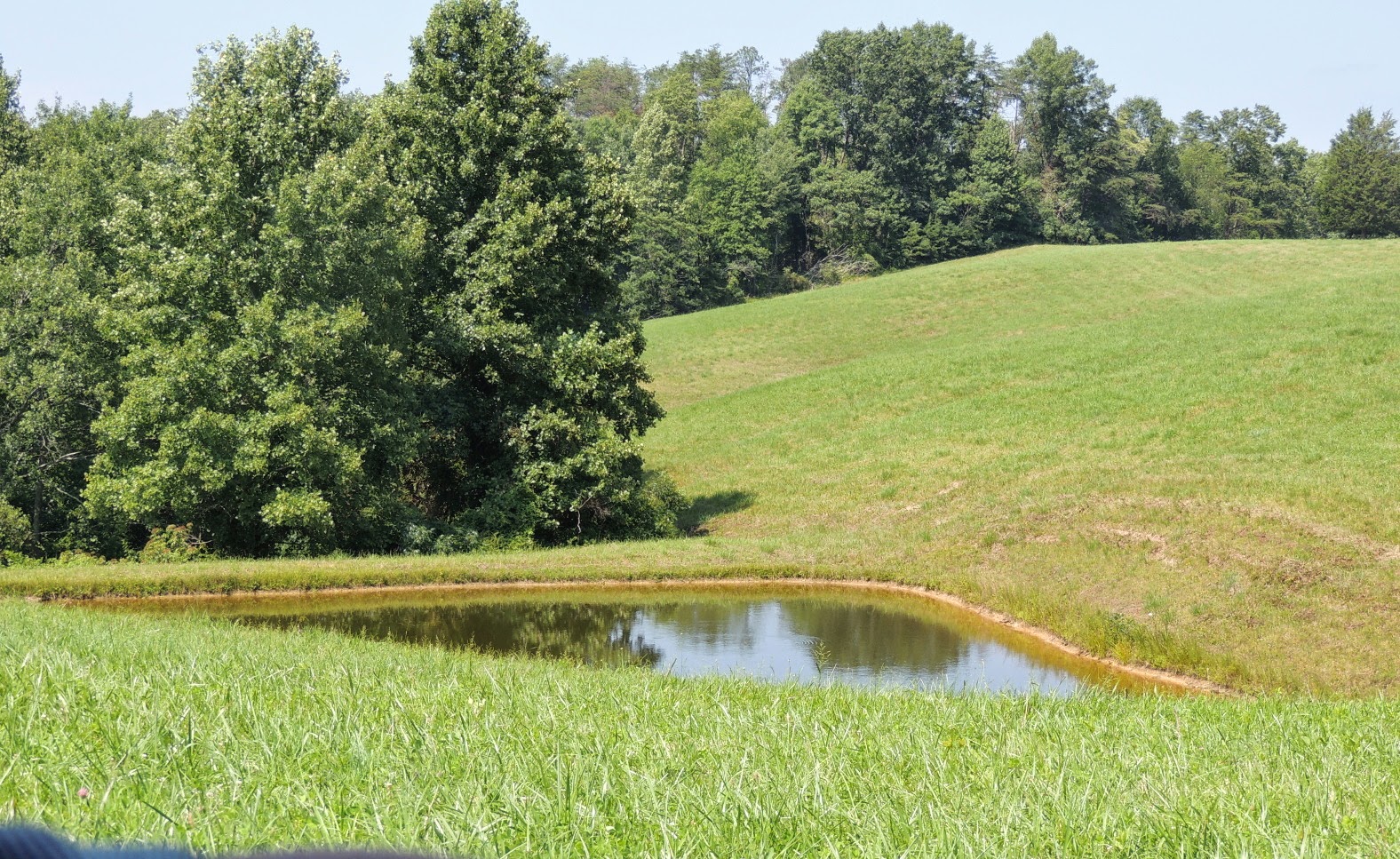I am sure you all of you remember your water cycle charts from schools...right? You know the one with evaporation, condensation and precipitation.
The cycle of water is crucial to everything and on a farm or homestead water has the power to make your garden a joy or a dry and whithered disaster. The first homesteaders knew just how important a good water source was and made sure there was one near the home and barns. These sources were the life blood of their survival. Water for their uses and the livestock and to keep drought at bay.
Farm Water Options:
Springs:
A spring is a natural water source where conditions allow water from the aquifer to flow from the surface. The Pioneers often built their homes near these fresh cold water sources. They can be developed with holding reservoirs or spring boxes which allows a more ready water source.
Wells are drilled or dug water sources that tap into an aquifer that does not naturally reach the surface. They can be shallow [less than 100 feet] or deep wells that usually run 200 feet deep or better. Wells can last for years and are often not affected by drought. They require special equipment to pump the water. Water from a well can often be hard and leave lime or rust stains on laundry.
A shallow well with a hand pump
A diagram of a pressure pump system into a home. It is using a submersible pump.
Artesian Wells
An artesian well is drilled down into a water bearing strata or aquifer, which is a water-bearing layer of porous rock. The aquifer lies between two impervious layers of rock that water cannot pass. In an artesian system (the aquifer and the impervious layers) slope then the well is sunk at a point where the aquifer is lower than the place where water enters the system. The weight of the water held in the upper portions of the aquifer results in the pressure that forces water to rise in the well. These wells do not require a pumping system to get the water to the surface but do require water storage ponds be built and surface pumping to be done to get water into buildings or for livestock access.
The underground structure of an artesian spring or well.
Cased Artesian well [Google Image]
A pond is a traditional water storage method that has been used for centuries to keep runoff water stored and ready for use on the farm. They can be dug or damed as well as being fed by runoff or a spring. A dugout is a pond that has been literally dug out of a flat area of ground then filled with water. There is also and embankment pond which is made when you fill in a draw or run with earthworks to stop the natural water flow.
An embankment pond built at the head of a run to catch water from the fields.
There is a lot of very good information about pond construction available. Ponds are a worthwhile investment both for the water storage and the added benefit of aquaculture. There is a lot to be said for catching your own supper from dock set out into a well stocked pond. It adds to the biodiversity of your farm and nutrition diversity for your diet. [Plus its just plain fun!]
Dogs enjoying a lovely farm pond. [Photo Courtesy Paul and Sheri Rowney]
This is just a basic overview of homestead water but in any search you have got to be aware of how important good water and water access is. A well alone is not enough if you have a power failure. Back up power to run a pump system may be an issue when you have livestock to water. Is there enough water to irrigate your garden if there is drought?
The beauty of water. [Google Image]
Ralph and I have done a lot of research into water. We know we would like a pond or an area on the land where we can build a pond. The option of more than one water source for the house would be an advantage. We are a bit concerned with the chemicals used in treating county water so a potable well would be a bonus. We want to know what is above any of our water sources, a dump or land fill, commercial agriculture barns or any kind of mining can leach pollutants into a water source that can impact your health or your livestocks health.
Anyone who is looking into a homestead has to look into water in as many ways as they can, understand the needs of your gardens, crops and livestock. Look into the possibility of water loss, drought, a well disruption, or contamination. Take the steps you need to have a secure and safe water source for your homestead and your future. There are a lot of options and lots of information out there so take the time to do your homework and study any property you look at. There are lots of possibilities to water your world!
A peaceful pond [Google Image]
...










No comments:
Post a Comment